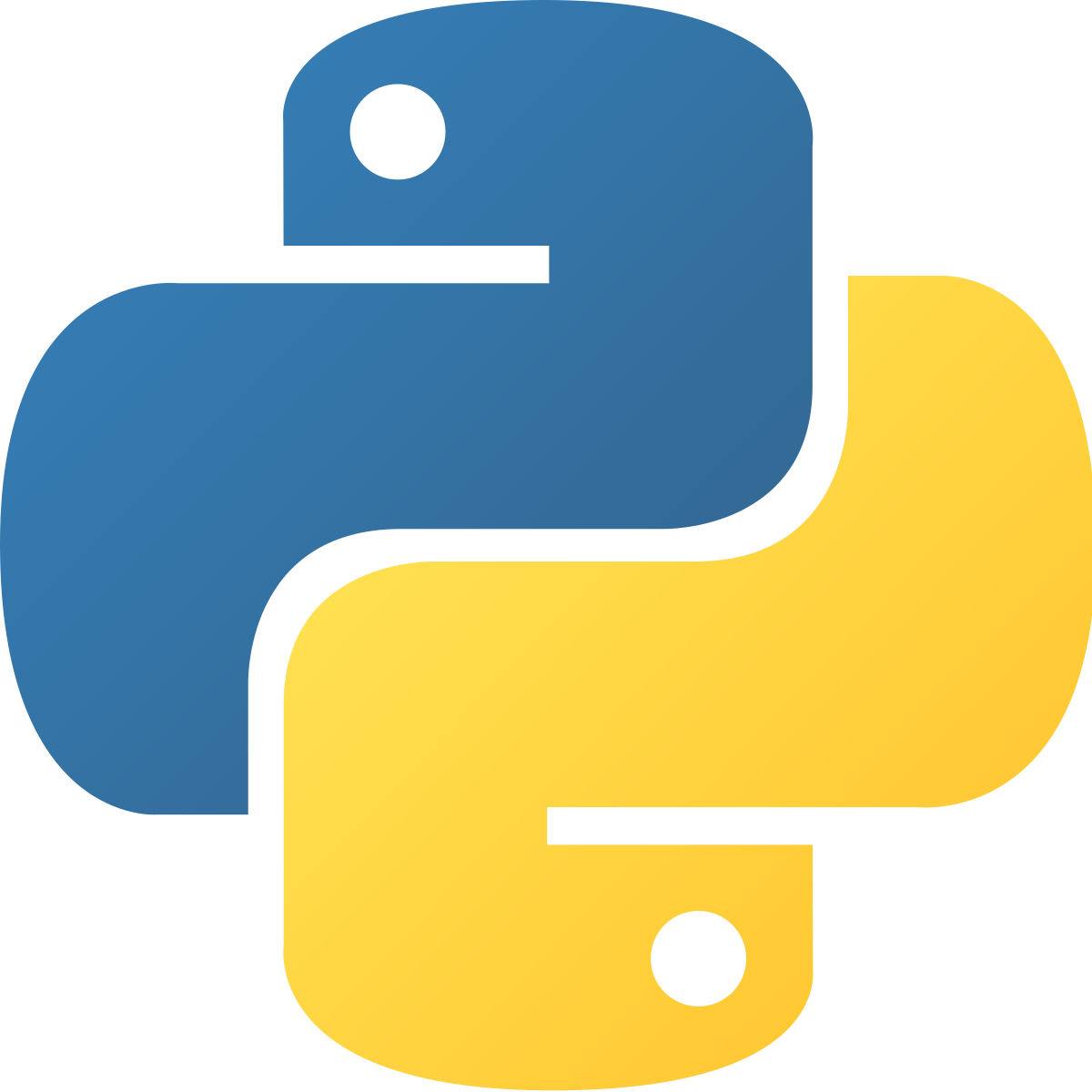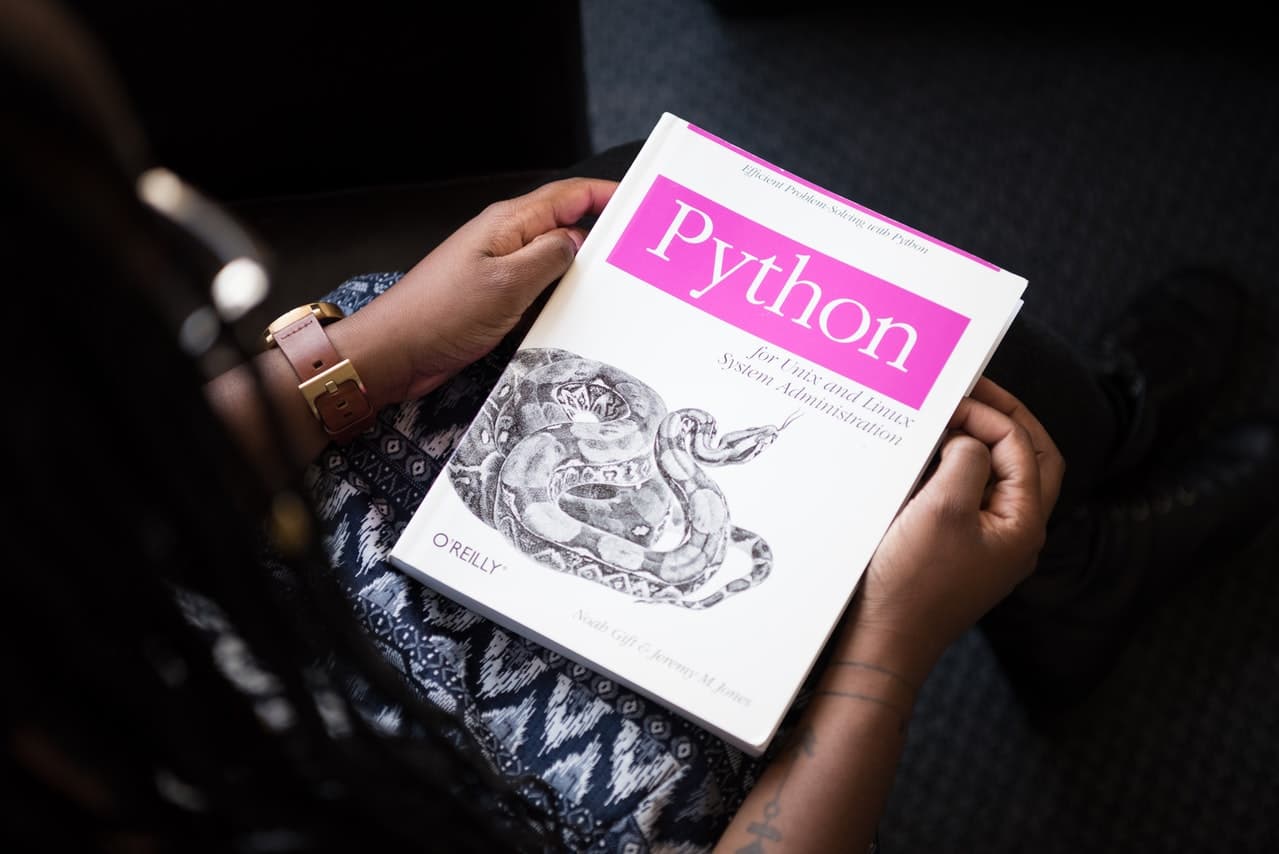It's time for another overview of programming languages, which in the world of programmers arouse comparable excitement to the clash between FC Barcelona and Real Madrid. What are the characteristics of Ruby and Python? What speaks for the choice of each of them? What are the differences between them? We decided to answer these and many other questions by creating an article describing the capabilities of both languages. Learn more about them and find out who came out victorious in the Ruby vs Python clash.
Table of Contents:
4. Similarities between Ruby and Python.
5. Ruby vs Python: main differences between programming languages.
6. Ruby and Python: web development community.
7. Ruby vs Python: Frameworks And Libraries.
8. Ruby or Python: what to choose?
What is Python?
Before I move on to consider the two titular solutions, it's worth at the beginning to organize the knowledge of each of them. Python programming language was developed by Guido van Rossum. It was released in 1991, and its main idea was to provide the user with readable code by using a significant amount of whitespace characters to do so. Despite more than 30 years in the public space, Python is still considered one of the fastest growing computer programming languages. Much of this is due to its use in data analysis, machine learning or scientific purposes in universities.

Python is a very flexible language, as evidenced by the number of interpreters found in libraries and operating systems. Thanks to its structure, it is very readable, which means that learning it shouldn't be a problem. Python is currently being exploited by those involved in artificial intelligence. All thanks to libraries that enable the use of this language in the field of AI. Python allows the creation of websites using the Django web platform.
What is Ruby?
In contrast, Ruby is an open-source programming and scripting language. Its origins date back to 1995, and Yukihiro Matsumoto is considered responsible for its creation. Ruby was written using the C language. The main motivation was to develop a simple software language, that would be supported on multiple platforms. A major advantage is the ability to create various types of web applications with it.

Ruby is a pure object-oriented programming language and everything appears as an object in it. A feature of Ruby is the creation of readable code by using the power of blocks. All this is done to group instructions and then call them whenever needed. For web development in Ruby, a special web platform Ruby on Rails is used. The language is particularly popular in the startup community and industry. It is less common in the academic space.
What is Ruby on Rails?
When starting the adventure of programming in Ruby, many people use it alternatively with Ruby on Rails. However, Ruby vs Ruby on Rails are very different things. The most important difference is that Ruby is a programming language and Ruby on Rails is a web development framework. The purpose of Ruby on Rails is to enhance the potential of Ruby by using scripts developed by programmers. RoR's performance also allows for efficient Minimum Viable Product (MVP) development. Ruby on Rails is responsible for cleaning up the script from excess repetitive Ruby code.
Similarities between Ruby and Python
Even though Ruby and Python have significant differences, it is possible to detail common features between them. Both are high-level languages and are used for server-side scripting. These are used on many platforms and their role is building web applications. There is no problem reading both Ruby and Python, thanks to their clean syntax. They need built-in tools to handle documents. It's also worth mentioning that objects in both are strongly and dynamically typed.
Ruby vs Python: main differences between programming languages
Despite listing some similarities, it is much easier to point out the differences that exist between Ruby and Python. The first striking difference between the two programming languages is their flexibility. Ruby was developed to give power to programmers by exploiting its own flexibility. While this may seem unusual, flexibility can be a hindrance in some cases. This is especially true when following the code for bugs. Python features a more direct approach to functional programming. It prioritizes pointing out any inconvenience to programmers. At the expense of the transparency available in Ruby, Python makes it easier for users to learn and solve any inconveniences that arise.

Ruby and Python: web development community
Both languages have a large community behind them, although Python has the advantage in terms of numbers. It is the people who use the aforementioned languages in their daily work who influence their development, updates and improvements. Python's advantage over Ruby is its availability on Linux computers. The use of Linux servers is what makes it so universally popular. The trend of using Ruby began in 2005 with the creation of Rails. And although the Ruby community gathering around the language is not as impressive in numbers as Python, their level of integration and commitment to improving Ruby is impressive.

Ruby vs Python: Frameworks And Libraries
Ruby and Python are scripting languages that require the use of their assigned frameworks to build web applications. The former uses Rails, discussed earlier. Python, on the other hand, is supported by Django. Django is a free open-source platform that is readily available. What's more, Django is the most popular Python framework. As with Ruby on Rails, Django was created to simplify the flow of the entire development process. The common points between these frameworks are certainly the extensive database support and available security features.
Speed
The previously discussed popularity of Python also translates into Django's recognition. It is evidenced, for example, by the number of available libraries, which are constantly used to quickly create a variety of functions. In contrast, speed distinguishes Ruby on Rails. Compared to Django, Rails framework is faster by about 0.7%. However, speed does not translate into an advantage in performance in this case, as both frameworks do an outstatnding job in this aspect.
Stability and Creativity
The situation is slightly different when it comes to stability and creativity of both languages. Ruby on Rails is the best compromise combining these features. All thanks to the ability to reuse code to minimize dependencies. Thanks to the Convention over Configuration approach, it deprives coders of additional work. In the case of Python, there is a more conservative approach to ensure stability.
Security
A very important aspect is the issue of security. In the case of Django, the approach to security is similar to what you will encounter in Python web framework. It is supported by middleware. In contrast, Ruby on Rails is supported through active records. As you can see, in both cases security plays the most important role. All this is done to inspire trust on the part of the potential user.
Scalability
In terms of scalability, Rails leads over Django. Thanks to the freedom and flexibility of the code, we have a framework that is unmatched in this duel. And although Django draws in terms of scalability from its assigned language, it is still no match for Ruby on Rails.

Ruby or Python: what to choose?
There is no clear victor in the Ruby vs Python duel. Both functional programming languages have their advantages, which are convincing to use during the work of programmers. Nevertheless, there are spaces in which they can compete with each other, gaining supporters or opponents in the process. Both Python and Ruby are great tools for learning, thanks to the community they gather around them and regular improvements. For web development alone, Ruby language leads the way over Python. On the other hand, when considering adding other features to a web apps like machine learning, Python language is the best possible option.
See how the mentioned languages translate into results in daily work. Visit the Case Study section, where we have already described more than 20 unique solutions created for our clients.


%20(1).jpg)



